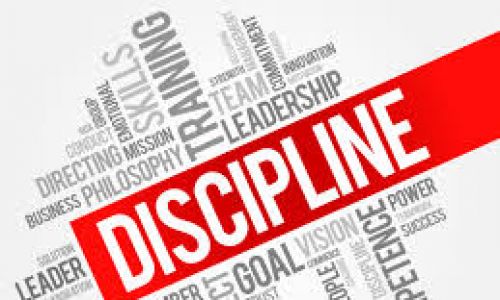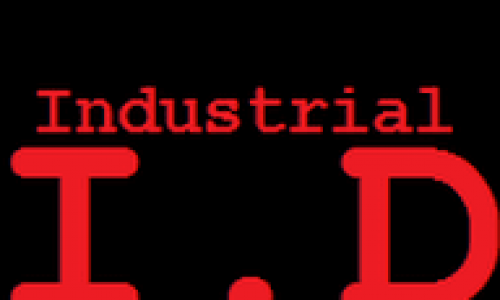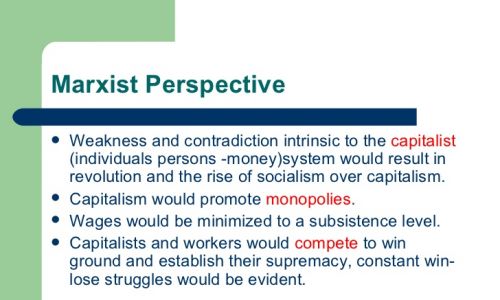Handling employee misconduct is a very critical task to be performed by the senior managers. Misconduct and other offensive behaviors often lead to decreased levels of productivity as they affect the individual performance of the employees. To manage discipline among employees, every company opts for a discipline policy which describes the approach it will follow to handle misconduct.
Broadly defined, there are two workplace discipline approaches to handle employees misconduct of employees. They are:
Positive Discipline Approach in Industrial Relations
This approach is based on the premise that role of a discipline approach should not always be to punish; rather, it should try to regulate the negative behavior of employees to make them better workers. Positive discipline is a corrective action which results in improved performance, more productivity and effective workforce.
Harsh and negative punishment might work in the short term, but the end result will eventually be employee dissatisfaction, low productivity, higher rate of absenteeism and high turnover.
This approach tries to mend the negative behavior of employees by first providing them counseling in terms of what is expected out of them and then giving oral and written warnings to them. Termination or discharge in extreme cases may also take place.
Steps of positive discipline approach
- Counseling: Counseling is an important part of the discipline process, because it gives a supervisor the opportunity to identify employee work behavior problems and discuss possible solutions with him. The goal of this phase is to make employee aware of organizational policies and rules. Counseling by a supervisor in the work unit can have positive effects also. Often, employees simply need to be made aware of rules. An oral warning can also be given to employee during counseling. Confrontation helps to understand the employee point of view as well. However, proper training should be given to the supervisors regarding counseling skills to make this process successful.
- Written warning: If employee behavior has not been improved by counseling sessions, then a second conference is held between the supervisor and the employee. This stage is documented in written form. As part of this phase, the employee and the supervisor develop written solutions to prevent further problems from occurring.
When the employee does not follow the written solutions, a final warning conference is held. In that conference the supervisor emphasizes to the employee the importance of correcting the inappropriate actions. Some firms incorporate a decision-day off, in which the employee is given a day off with pay to develop a firm, written action plan to remedy the problem behaviors. The idea is to impress on the offender the seriousness of the problem and the manager’s determination to see that the behavior is changed.
The positive aspect of this approach is that it focuses on problem solving rather than punishing and penalizing. This approach involves positive confrontation with the problem employee and thus gives him an opportunity to justify himself. The supervisor makes him aware of the company policies. The greatest difficulty with this is the extensive amount of training required for supervisors and managers to become effective counselors. Also, the process often takes more supervisory time than the progressive discipline approach.
Progressive Discipline Approach
It is a step by step program designed to correct performance problems arising out of employee misconduct. This approach typically follows four progressive steps to rectify offenses committed by an employee. It suggests that actions to modify behavior become progressively more severe as the employee continues to show improper behavior.
- Oral reprimands: It is a verbal interaction between the employees and supervisor where they discuss the problem behavior and the expectations to change the behaviors. An oral warning is issued as an infor¬mal reprimand that is simply noted in the record.
- Written reprimand: It involves the documentation between employees and supervisor if the behavior continues or if the employee further commits a serious offense. A written warning is more official and summarizes the previous oral attempts. This written feedback is discussed with the employee and then placed in his personnel file.
- Suspension: The third step is suspension with¬out pay; its purpose is to emphasize the seriousness of the offense and necessity of change.
- Dismissal: The final step is dismissal of employee and is used only when previous steps have failed to change unacceptable behavior.
The progressive discipline model has two advantages for managers:
- It gives the employee additional opportunities to correct his per¬formance prior to discharge.
- It stresses the serious¬ness of repeated violations to employees.
This progressive discipline has the following disadvantages:
- Progressive discipline may result into bitter relationships between supervisor and employee.
- Supervisor may feel obligated to address every perform¬ance offence and assign an appropriate punishment to it, even though it may not be required.
- Management may focus only on the problem employees at the expense of the good performers, thereby consuming too much of a manager’s time.




